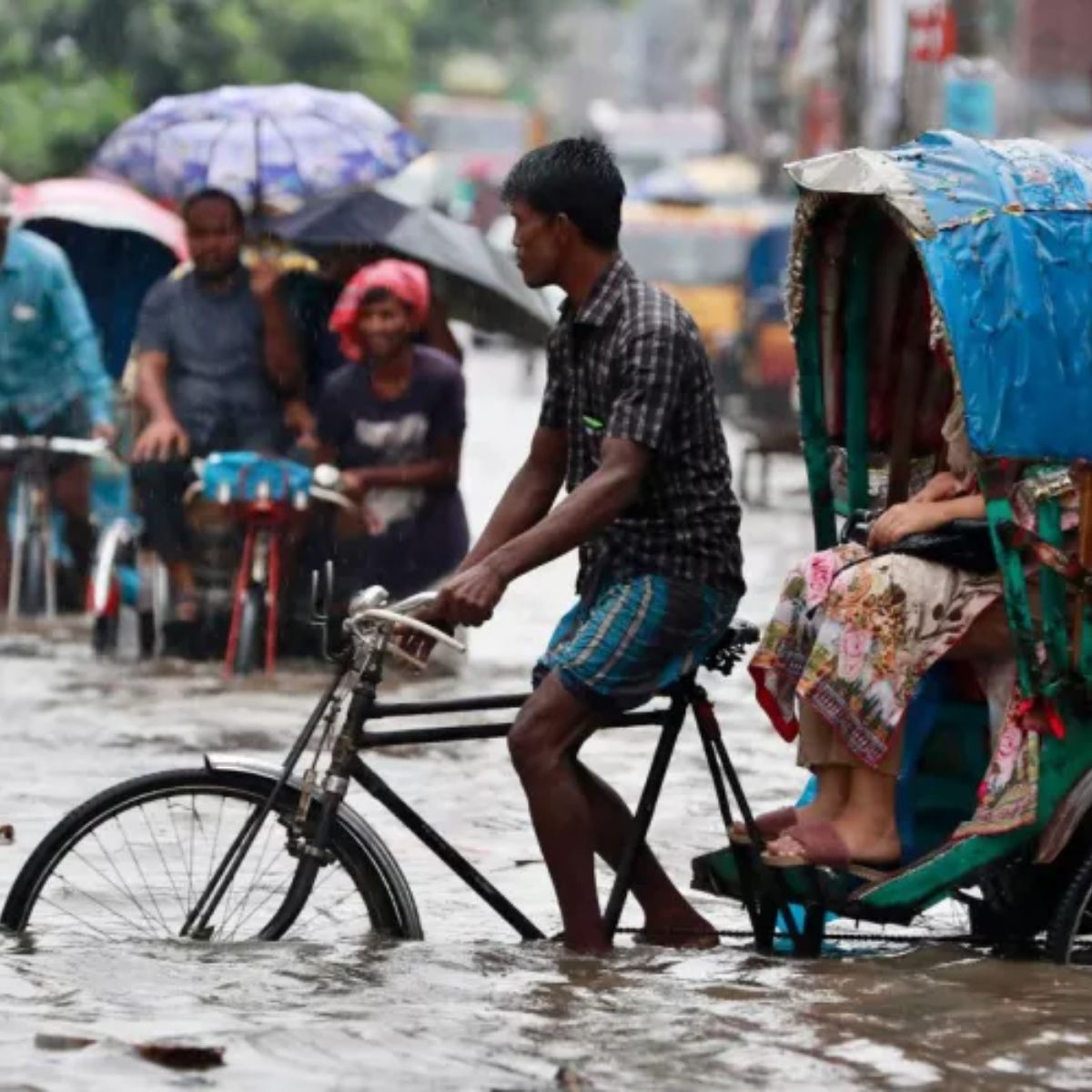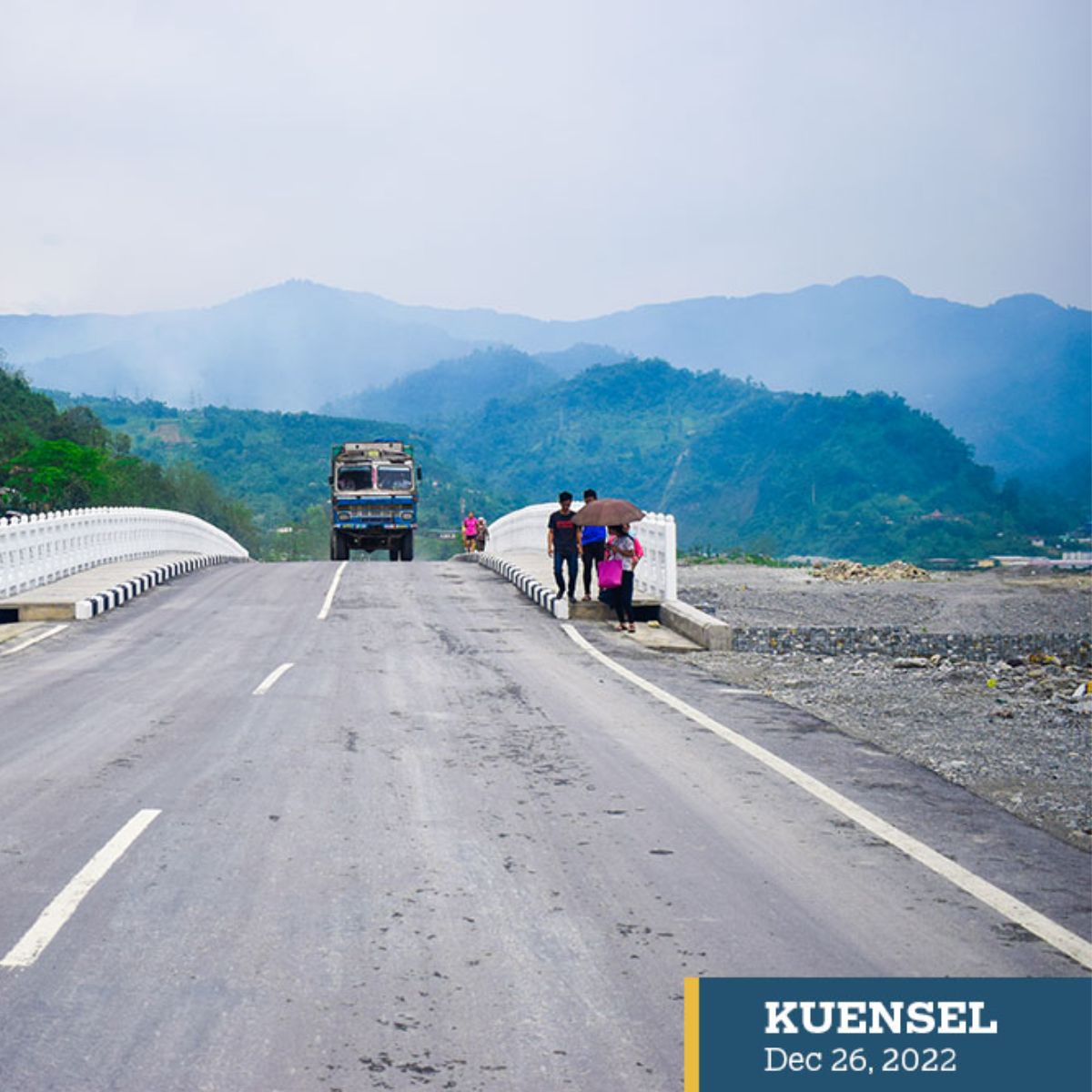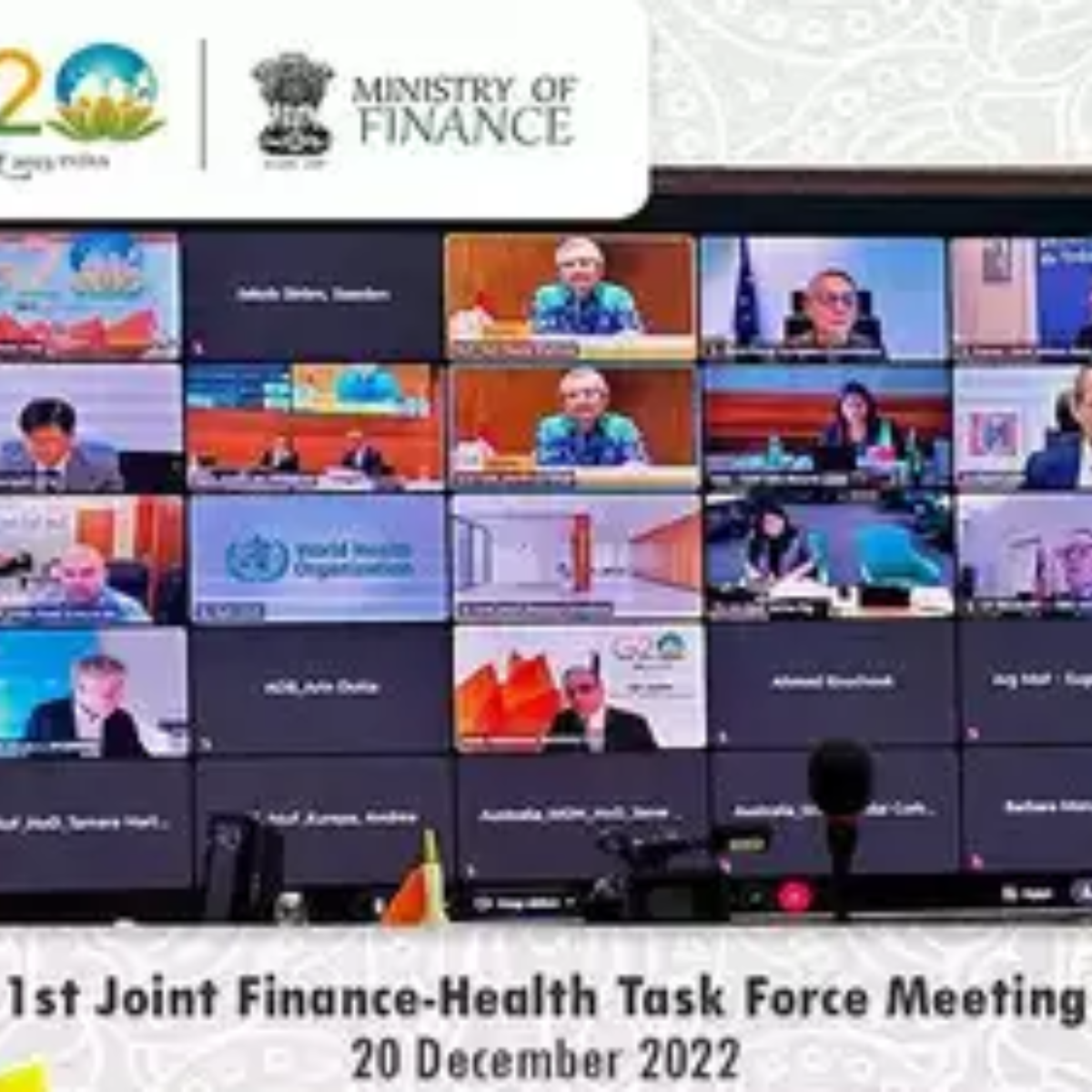Finding ways to mitigate climate risks in South Asia
Source: World Bank Blogs
Date: 22 Dec 2022
The UN climate conference (COP27) in Egypt, held in November, was crucial for South Asian countries grappling with intensified climate disasters. Over 750 million people in the region have experienced climate-related disasters in the last two decades. Pakistan, in particular, suffered massive floods affecting 33 million people, costing over $30 billion. The World Bank has emphasized the need for climate resilience and adaptation in South Asia. Climate change should be tackled as a development challenge first. The priorities include investing in climate resilience, focusing on flooding protection, water supply, and urban infrastructure, and investing in human capital to improve sanitation, healthcare, and social protections. International assistance alone is insufficient; local capacity building and private sector investment are crucial for resilience. Bangladesh, Nepal, and Pakistan must prioritize these measures to secure their development.
Securing the lifeline from climate change
Source: Kuensel Online
Date: 26 Dec 2022
As the gateway to the country, nearly 80 percent of the imports come from Phuentsholing. To ensure smooth transportation of goods, the government has invested billions of Ngultrums in improving and securing infrastructure – the lifeline of Bhutan. However, the border town has challenges, mostly related to climate change, that could jeopardise the very economic lifeline.
G20 Presidency: Can India be the global south’s voice for climate finance?
Source: The Economic Times
Date: 23 Dec 2022
MDBs are being encouraged by the G20 to submit an update on the recommendations of the G20’s independent CAF review in Spring 2023 on the sidelines of annual MDB meetings. This will be a key opportunity for India’s G20 presidency to drive climate-smart MDB reforms and ensure MDBs are willing to accept the recommendations, which include redefining risk appetite, revising the approach to callable capital and innovative techniques to create lending headroom.



